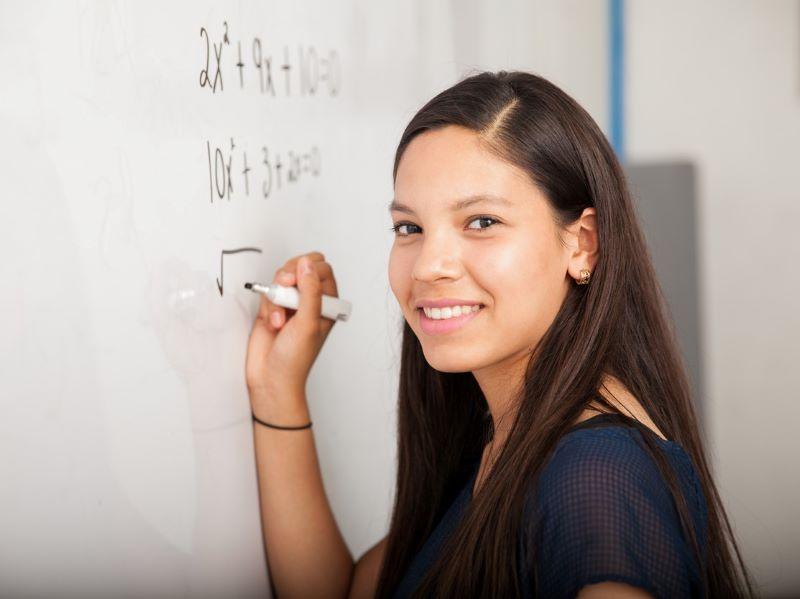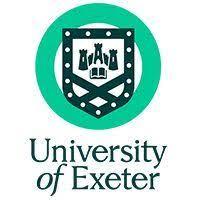
Top tips to improve the teaching of mathematics in universities
“There should be no such thing as boring mathematics” - Edsger W Dijkstra.
Teaching mathematics can be challenging since almost all new concepts depend highly on the sound understanding of prerequisite topics, and more importantly on the approaches that students used to learn those prerequisite subjects.
A clear understanding of various teaching approaches is required when it comes to teaching mathematics. It is a discipline that contains a wide range of topics, and there is no “one size fits all” when it comes to communicating the theories behind these topics to students effectively. So, here we will look at what contributes to effective teaching of mathematics, offering tips that are relevant to teaching in many other subjects.
- High tech and high touch: designing a bridging system to help students prepare for STEM studies
- How a flipped classroom model improves learning in online STEM courses
- Taking challenging courses requiring step-by-step instruction online
Preparation is key
Students come to university from various educational backgrounds and research shows that both the mathematics knowledge as well as the mathematical mindset may differ for many students. A well thought-out teaching layout makes a major difference in the level of engagement from students during the lecture or any teaching session. A few points to consider when planning a lecture:
- Know what the students know at that point, and do not assume that they know other information useful to the theory that’s about to be taught.
- What information is going to be given in an expository way, and what parts will be exploratory?
- How can previous topics seen be deepened in a cohesive way with the new topics?
- When are you going to have a break? A lot can happen in a two- to five-minute break. Students can reflect back on that “mad proof”, they can (re)solve a problem on their own, or if it’s an online lecture, they can use those few minutes to simply look away from their screen.
Link maths to real-life problems
A common thought that many maths students have is along the lines of “when is this theorem ever used in real life situations?”. Whenever possible, use a relevant topical example where the theory taught was applied. This brings benefits such as:
- Giving students the opportunity to connect what they are learning to real-life situations, allowing them to engage more and understand how they will transfer skills into their postgraduate studies or job.
- Encouraging students to apply their skills creatively in other modules and topics too. This strengthens their skills in reasoning, logic, and communication.
- Giving students an opportunity to speak to and interact with their peers.
Cooperative learning approaches
This involves students learning collaboratively in small groups. Student-centred learning acts as a catalyst to students identifying what learning techniques work best for them, as well as what their strengths and weaknesses are in a particular topic. It builds trust, confidence and excitement where metacognition and teamworking takes place. This is particularly useful when there’s more than one method to solve a problem or prove a mathematical statement. What might a cooperative learning session involve?
- Working together on a problem: (i) first presenting the new material or problem, (ii) asking students to troubleshoot individually while making notes on what definitions or theorems are relevant to the problem and what they need to do to solve it; (iii) then discuss their solution with other students, in pairs or small groups, and collectively.
- Brainstorming is a great way to open up a new unseen theorem or method. This allows students to revisit their existing knowledge in order to grasp the content of a new field. This can be done out loud, using a physical shared board, or using online responseware such as Mentimeter. Set a time limit. Encourage students to express any ideas they have even if they think it’s irrelevant or wrong. “Quantity breeds quality” so keep the responses coming through.
- Ask students to teach a proof or algorithm to a friend. Teaching something you’re not entirely competent in actually helps you understand it better. A good homework exercise for filling gaps in knowledge is to ask students to choose a theorem or proof or example presented in the course, and then try explaining it to a friend.
Visual learning approaches
Mathematics concepts are most commonly given auditorily via sequential instructions. Although this method has benefits, it can be enhanced by the use of visualisation techniques. The process of visualising aids the interconnections within the mathematical mindset, from the use of colour and images to the cohesion of various types of objects. How can this be applied in practice?
- Transform an algorithm into a stream of visual cognitive procedures, such as via a flow chart. This allows for creativity and reduces processing time.
- Place the separate components of a mathematical method or proof using labels, colours or visual shapes and then bring them together to form the final result. Visualisation is not only an illustrative tool, but an important component of reasoning. When students are able to visualise, they are deeply engaged with the conceptual understanding and not only what they are seeing.
- Use charts, Venn diagrams, and graphs whenever possible to illustrate relations or any solutions found to a given problem.
- Use grouping, mind-mapping or flow-mapping techniques to illustrate how an algorithm works. Organise it as a network or other non-linear diagram incorporating verbal and symbolic elements, with or without colouring.
- Invite student participation that does that not involve writing such as drawing, recording video explanations, taking part in a game, using art, or completing a hands-on project.
Not all mathematics topics, such as calculus, logic, analysis, geometry, among others, make use of the same teaching methods. Having well planned teaching styles, resources, as well as fair and well conducted assessments is fundamental to learning. All teaching approaches have pros and cons, so we must be mindful to capitalise on the advantages and minimise the disadvantages.
This article follows a collaborative online international learning (COIL) project between Layal Hakim at the University of Exeter and Beatriz Isabel Gómez García at the University of Monterrey in Mexico, and students Alejandra Sofía Ayala Elizondo, María Lucía Dow Fernández, and Cristina Aguilar Rochin. Together, they looked at how to make mathematics teaching at higher education level more effective.
Layal Hakim is a senior lecturer in mathematics at the University of Exeter.
If you found this interesting and want advice and insight from academics and university staff delivered directly to your inbox each week, sign up for the THE Campus newsletter.




